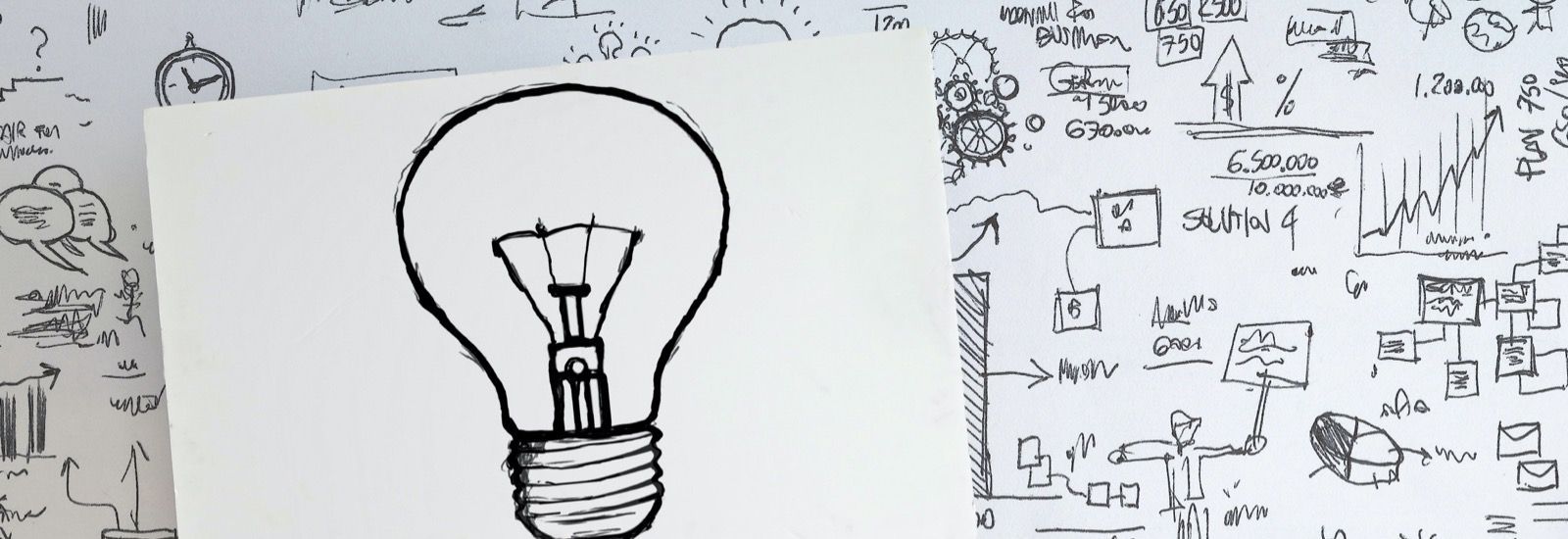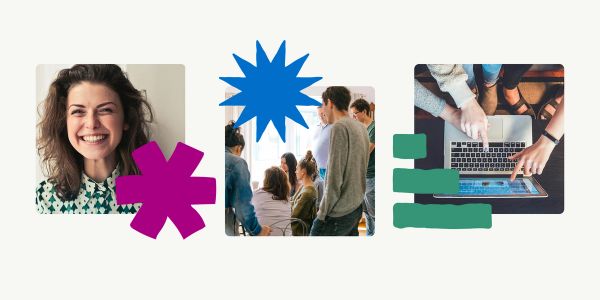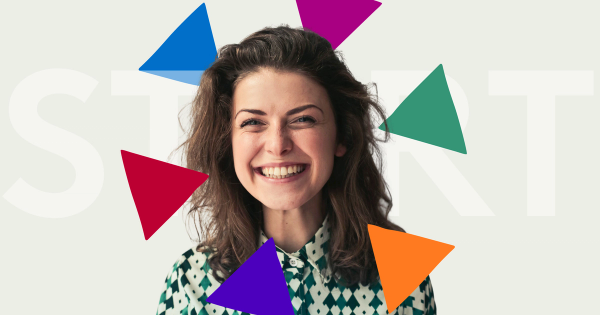Being disruptive is deceptively simple

When we presented our approach to City & Guilds, we challenged their thinking at the core. Yet, what we heard back was “Yes, it makes complete sense.”
There are ways of disrupting the world by being incredibly clever to a degree people can only worship your cleverness: Elon Musk or Bill Gates, for instance. We mostly don’t get what they mean, but they seem to have an impact, so we call them disruptors and applaud loudly.
Then, there are ways of disrupting that presents a simple idea. You dispense with the need to be flash, or new or to create something bigger than before. Instead, you opt to see the problem and then offer the most obvious answer.
We presented a radically new approach to ongoing learning and development to City & Guilds. So, when they told us it made complete sense, we knew we had succeeded in our mission to disrupt.
Here is what we told them.
All learning is underpinned by character.
We told them that to do better, you had to be better. If you could show up and be your best, things tended to get done well. In short, we needed to develop character first, to optimise all the soft and hard skills that are so valued currently. We showed them how we had codified character with our 54 Character Qualities mapped against the 77 most in-demand Soft Skills – and the dynamics between them.
You need to set the context before learning.
We explained that to learn, you need to know where you are now and have a vision of where you might like to be in the future. We introduced City & Guilds to our model of self-assessment of character and our 360Explore, where others offered insight into strengths and needs. To set the context for learning, we explained we wanted to provide the tools that would give the learner a strong foundation for starting a learning journey.
Learning is different for everyone.
We then showed them how a learner could map an entirely personal learning journey. They can choose to learn any Character Qualities with whatever intention they hold in mind. Either to master qualities that come naturally to them, or develop the ones that most need improving.
If we are all different, it makes sense to suggest we need to learn different things. For an examination board, this is a massive shift in thinking. Everything that was done in the past valued standardisation – the same content delivered and set against the same criteria. The idea of a completely personalised approach to both learning and assessment was a paradigm shift, no matter how common sense.
Content is not learning.
We made it clear that just reading an article or watching a video is not learning. It might pass on some knowledge, but you are no more skilled nor closer to your potential. The content we offer is an inspiration to action. We encourage exploration of the idea, but we do not test or challenge this exploration; instead, we suggest the learner act on what they find out.
It is surprising that an EdTech company is happy to send its learners off-platform to learn. We are not only comfortable doing this but fundamentally believe our approach works because they will get off the phone or tablet and get on with learning through living.
Action with reflection is learning.
Copying something you have seen in a video while you are at work is not learning. It becomes learning when you reflect and make it a part of your way of viewing the world.
We introduced City & Guilds to our NotePad™. NotePad could be an app by itself, as it is a way of journaling about the learning you are doing and capturing your experiences. It is like social media, but private and with a lot of soul. People love recording their lives, capturing video and photographs along the way. Imagine doing this while shaping your ideas about the best way to live.
Accountability and validation help.
We then celebrated what City & Guilds offers tens of thousands of learners every year, the validation that they have succeeded in an endeavour.
We showed City & Guilds our system and assessment and moderation, and they were impressed by its rigour. Assessing learning behaviours over outcomes made complete sense, and the in-built design of two assessors and quality assurance made our approach credible.
You need to show the DNA of learning.
Lastly, we showed them Signature™, the DNA of a character learner. All the strengths, needs, learning and rewards are displayed and can be shared. Rather than a CV of qualifications, we provide our learners with a visual demonstration of their journey to be their best self. Need to show your new employer that you can be resilient? No problem, it is recorded that you have achieved a badge in this Character Quality. Going into a caring role and need evidence that 10 people identified that being kind is one of your core strengths, it is all there.
Being disruptive is deceptively simple, but simple doesn’t mean easy. It took a combined century of international experience in coaching, mentoring and education within the Entelechy team, along with years of research informed by world-leading consultancies and the UK’s most influential institutions. We have thought about everything in the finest detail to come up with a journey that can be travelled a little bit every day – and that is disruptively simple.
You may also like

Beyond Skills: Why Human Qualities Matter More Than Ever

Discover Your Strengths - Why One Small Step Can Lead to Big Personal Change
